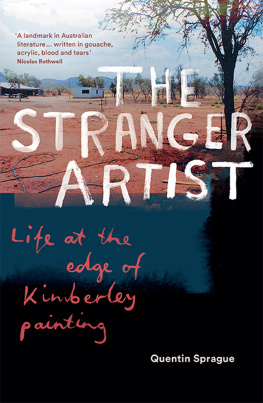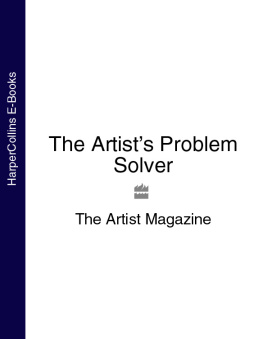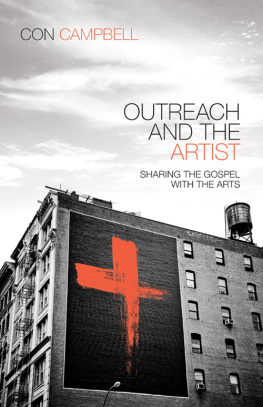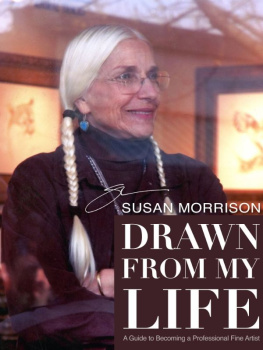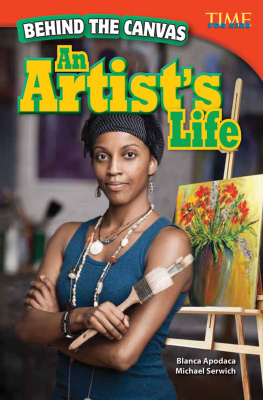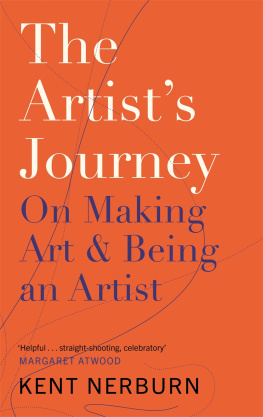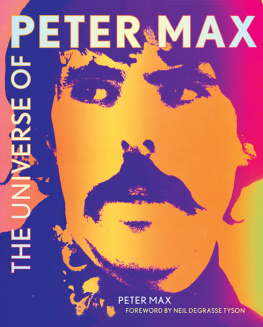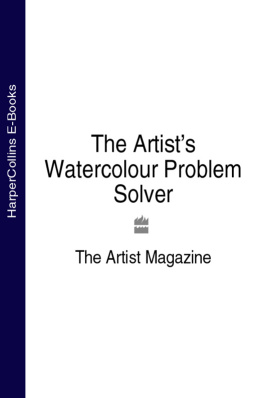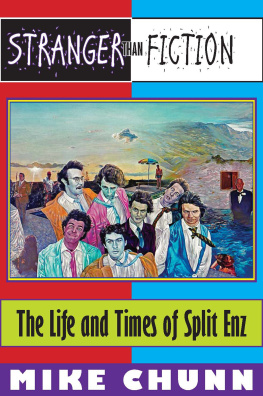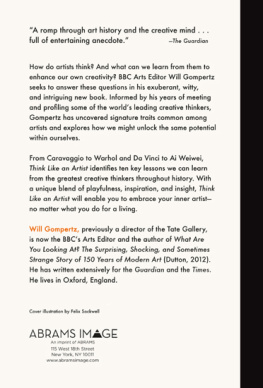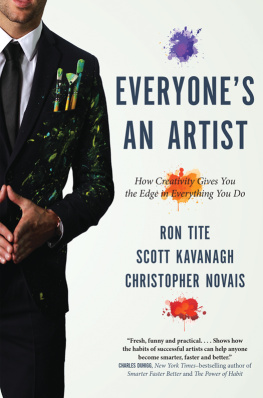
In addition to interviews and related material detailed in the , the following sources have been drawn upon.
Warmun / Turkey Creek
Details of Freddie Timmss life are drawn from his own account in: Alex Smee (prod.), Freddie Timms: Black Soil, ABC Open, 2014.
This Dreaming story is published with minor variation in a number of sources. See, for example: Jennifer Joi Field, Written in the Land: the Life of Queenie McKenzie, Melbourne Books, Melbourne, 2008, p. 143.
The foundation of the East Kimberley art movement is detailed in a number of sources. See, for example: Rover Thomas Dreams the Krill Krill in Wally Caruana (ed.), Roads Cross: The Paintings of Rover Thomas, National Gallery of Australia, Canberra, 1994, p. 22; and Will Christensen, Paddy Jaminji and the Guirr Guirr, in Judith Ryan (ed.), Images of Power: Aboriginal Art of the Kimberley, National Gallery of Victoria, Melbourne, 1992, pp. 3235. For Thomass own account, see: Rover Thomas and the Getting of the Krill Krill, in Caruana (ed.), Roads Cross, pp. 2224.
Following details are drawn from: Rover Thomas Dreams the Krill Krill in Caruana (ed.), Roads Cross, p. 22.
Martin Armiger, The Social Underbelly Displayed by a Young Crusader, The National Times, 2531 July 1982.
Freddie Timms later recounted his understanding of the financial arrangement in regard to Melbourne painting trips in an interview with Simon Georgeff conducted in Kununurra in 1998. This account draws in part on an unpublished transcription of that interview.
Financial details are drawn from: Watters Gallery Archive, Art Gallery of New South Wales, Sydney, MS2004.7.
Freddie Timms quoted in interview with Simon Georgeff, Kununurra, 1998.
Early versions of such stories are recorded in: Helen Ross (ed.), Impact Stories of the East Kimberley, East Kimberley Working Paper No. 28, Centre for Resource and Environmental Studies, Australian National University, Canberra, 1989.
The following details regarding the Kimberley pastoral era are drawn from: Mary Anne Jebb, Blood, Sweat and Welfare: A History of White Bosses and Aboriginal Pastoral Workers, University of Western Australia Press, Perth, 2002.
Jebb, Blood, Sweat and Welfare, p. 299.
Jebb, Blood, Sweat and Welfare, pp. 285289.
Historical information regarding Turkey Creek is drawn from: Cathy Clement, Historical Notes Relevant to Impact Stories of the East Kimberley, East Kimberley Working Paper No. 29, Centre for Resource and Environmental Studies, Australian National University, Canberra, 1989, pp. 2430.
The following passages draw on: Chris Owen, The police appear to be a useless lot up there: Law and Order in the East Kimberley 18841905, Aboriginal History Journal, ANU Press, Canberra, 2003, pp. 105130, p. 110. See also, Clement, Historical Notes Relevant to Impact Stories of the East Kimberley, pp. 2430.
quoted in: Chris Owen, Every Mothers Son is Guilty: Policing the Kimberley Frontier of Western Australia 18821905, UWA Publishing, Western Australia, 2016, p. 350.
Owen, The police appear to be a useless lot up there, pp. 126128.
Clement, Historical Notes Relevant to Impact Stories of the East Kimberley, p. 28.
Owen, Every Mothers Son is Guilty, p. 339.
Owen, Every Mothers Son is Guilty, p. 294.
Owen, Every Mothers Son is Guilty, pp. 361363.
Clement, Historical Notes Relevant to Impact Stories of the East Kimberley, p. 27.
Owen, Every Mothers Son is Guilty, p. 438. An account of the massacre at Mistake Creek is also offered by Bob Nyalcas and Winnie Budbaria in: Ross (ed.), Impact Stories of the East Kimberley, pp. 7375. Further accounts can be found by Timmy Timms and Peggy Patrick (as told to Frances Kofod) in: Bala Starr (ed.), Blood on the Spinifex, The Ian Potter Museum of Art, The University of Melbourne, 2002, pp. 3039; and Peggy Patrick, Statement of Peggy Patrick, in Robert Manne (ed.), Whitewash: On Keith Windschuttles Fabrication of Aboriginal History, Black Inc. Agenda, Melbourne, 2003, pp. 215216.
See, for example, early oral accounts in: Ross (ed.), Impact Stories of the East Kimberley.
quoted in: Owen, The police appear to be a useless lot up there, p. 123.
See account of Rusty Peters (as told to Frances Kofod) in: Starr (ed.), Blood on the Spinifex, pp. 5456.
Jebb, Blood, Sweat and Welfare, p. 301.
Clement, Historical Notes Relevant to Impact Stories of the East Kimberley, p. 30.
The following paragraphs draw on: Jon Altman, The Economic Impact of Tourism on the Warmun (Turkey Creek) Community East Kimberley, East Kimberley Working Paper No. 19, Centre for Resource and Environmental Studies, Australian National University, Canberra, 1987.
The background of Narrangunny Art Traders, and its relationship to Kimberley Art, is drawn from volume one of Suzanne Spunners unpublished thesis: Suzanne Spunner, Vindicating Rover Thomas, v.1, Centre for Cultural Materials Conservation, the School of Historical and Philosophical Studies, The Faculty of Arts, The University of Melbourne, 2012, pp. 127130.
.
The same account was also included in an article by Simon Georgeff where it was attributed to Chocolate Thomas. Simon Georgeff, Kimberley Artists in a Legal Bind, The Australian, 14 August 1998.
The following paragraphs draw in part on a short glossary of Kimberley Kriol in Catherine Massolas unpublished thesis: Catherine Anna Massola, Living the Heritage, Not Curating the Past: a Study in Lirrgarn, Agency and Art in the Warmun Community, School of Archaeology and Anthropology, The Australian National University, Canberra, 2016, p. xvi.
Following details regarding the Ngalangangpum school are taken from: Massola, Living the Heritage, pp. 102130.
This painting is reproduced in: Massola, Living the Heritage, p. 146.
Patrick Mung Mung recounted this tendency to Catherine Massola: Massola, Living the Heritage, p. 127.
Pindan Avenue
Freddie Timms quoted in: Simon Georgeff, Drawing the Line, The Sunday Age, 23 August 1998.
Michiel Dolk, Are We Strangers in this Place?, in Linda Michael (ed.), Paddy Bedford, Museum of Contemporary Art, Sydney, 2006, pp. 1749, p. 21.
Frances Kofod and Leon Morris, Neminuwarlin Performance Group History, in Fire, Fire Burning Bright, Theatre Program, Neminuwarlin Aboriginal Corporation/Jirrawun Aboriginal Corporation/Melbourne Arts Festival, 2002, pp. 1013, p. 12.
Simon Georgeff and Sally Law (dir.), The Strength of Us, 1998, unreleased.
Jirrawun has subsequently been defined as in one, all in one, at the one place, see: Frances Kofod, Gija Glossary, in Michael (ed.), Paddy Bedford, pp. 136139, p. 137.
Rugun / Crocodile hole
Marcia Langton makes the same observation in: Marcia Langton, Goowoomjis World, in Michael (ed.), Paddy Bedford, pp. 5161, p. 57.
Frances Kofod, Places in Paddy Bedfords Country, in Michael (ed.), Paddy Bedford, pp. 132135, p. 135.
Kofod, Places in Paddy Bedfords Country, p. 134.
Marcia Langton, Boyer Lectures 2012: The Quiet Revolution: Indigenous People and the Resources Boom, HarperCollins Australia, 2013, p. 34.
These works were reproduced together in: Dolk, Are We Strangers in this Place?, p. 42.
Kofod, Places in Paddy Bedfords Country, p. 134.
The following paragraphs draw in part on: Kofod and Morris, Neminuwarlin Performance Group History.
See account of Timmy Timms (as told to Frances Kofod) in: Starr (ed.),
Next page
